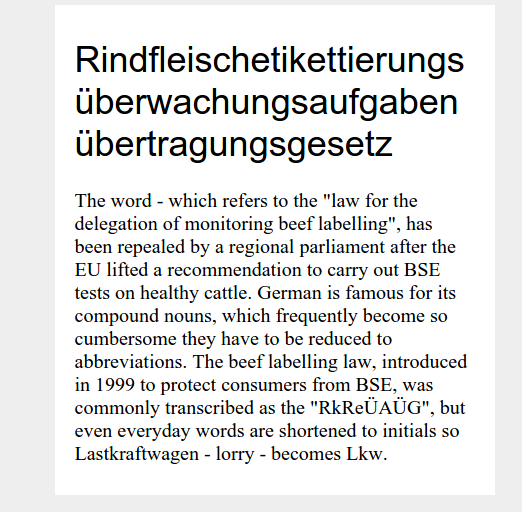

- #OPERA BROWSER ABBREVIATIONS FOR FREQUENTLY USED WORDS FOR MAC HOW TO#
- #OPERA BROWSER ABBREVIATIONS FOR FREQUENTLY USED WORDS FOR MAC SOFTWARE#
Insecure networks, such as public Wi-Fi access points, allow anyone on the same local network to packet-sniff and discover sensitive information not protected by HTTPS. HTTPS is especially important over insecure networks and networks that may be subject to tampering.
#OPERA BROWSER ABBREVIATIONS FOR FREQUENTLY USED WORDS FOR MAC SOFTWARE#
The user trusts that the browser software correctly implements HTTPS with correctly pre-installed certificate authorities.Therefore, a user should trust an HTTPS connection to a website if and only if all of the following are true: Certificate authorities are in this way being trusted by web browser creators to provide valid certificates.
#OPERA BROWSER ABBREVIATIONS FOR FREQUENTLY USED WORDS FOR MAC HOW TO#
Web browsers know how to trust HTTPS websites based on certificate authorities that come pre-installed in their software. but not the rest of the URL) that a user is communicating with, along with the amount of data transferred and the duration of the communication, though not the content of the communication. In practice this means that even on a correctly configured web server, eavesdroppers can infer the IP address and port number of the web server, and sometimes even the domain name (e.g. However, because website addresses and port numbers are necessarily part of the underlying TCP/IP protocols, HTTPS cannot protect their disclosure.

This includes the request URL (which particular web page was requested), query parameters, headers, and cookies (which often contain identifying information about the user). This ensures reasonable protection from eavesdroppers and man-in-the-middle attacks, provided that adequate cipher suites are used and that the server certificate is verified and trusted.īecause HTTPS piggybacks HTTP entirely on top of TLS, the entirety of the underlying HTTP protocol can be encrypted. HTTPS creates a secure channel over an insecure network. This is the case with HTTP transactions over the Internet, where typically only the server is authenticated (by the client examining the server's certificate).

SSL/TLS is especially suited for HTTP, since it can provide some protection even if only one side of the communication is authenticated. However, HTTPS signals the browser to use an added encryption layer of SSL/TLS to protect the traffic. The Uniform Resource Identifier (URI) scheme HTTPS has identical usage syntax to the HTTP scheme. URL beginning with the HTTPS scheme and the WWW domain name label HTTPS is now used more often by web users than the original non-secure HTTP, primarily to protect page authenticity on all types of websites secure accounts and to keep user communications, identity, and web browsing private. In 2016, a campaign by the Electronic Frontier Foundation with the support of web browser developers led to the protocol becoming more prevalent. This was historically an expensive operation, which meant fully authenticated HTTPS connections were usually found only on secured payment transaction services and other secured corporate information systems on the World Wide Web. The authentication aspect of HTTPS requires a trusted third party to sign server-side digital certificates. It protects against man-in-the-middle attacks, and the bidirectional encryption of communications between a client and server protects the communications against eavesdropping and tampering. The principal motivations for HTTPS are authentication of the accessed website, and protection of the privacy and integrity of the exchanged data while in transit. The protocol is therefore also referred to as HTTP over TLS, or HTTP over SSL. In HTTPS, the communication protocol is encrypted using Transport Layer Security (TLS) or, formerly, Secure Sockets Layer (SSL). It is used for secure communication over a computer network, and is widely used on the Internet. Hypertext Transfer Protocol Secure ( HTTPS) is an extension of the Hypertext Transfer Protocol (HTTP).


 0 kommentar(er)
0 kommentar(er)
